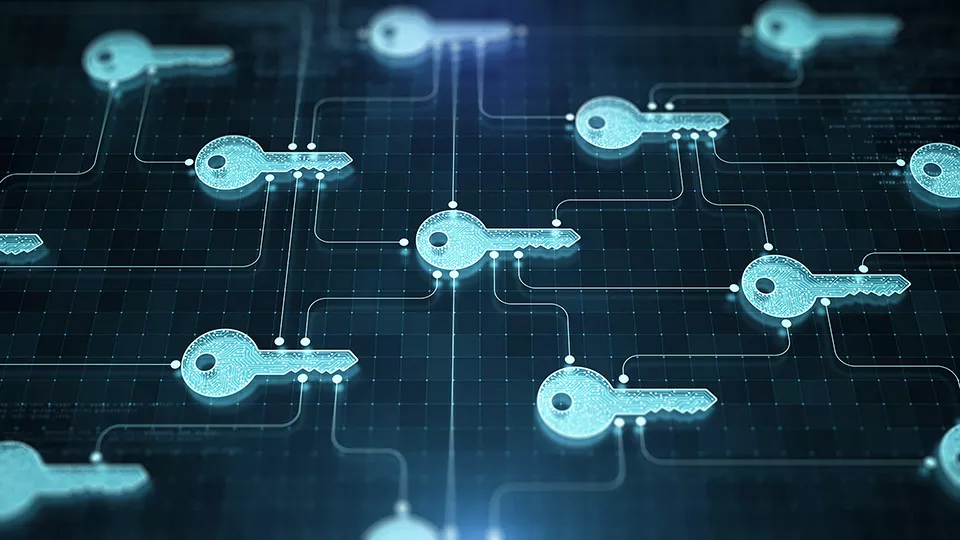The shift towards connected infrastructures and environments in Energy & Utilities is in the midst of rapid change and is expected to continue to accelerate until the end of the decade. As a part of critical infrastructure, the security of individual components, as well as the data that is produced within the Energy and Utility sector is a high priority.
Digital Infrastructures in the Energy and Utility sectors are largely similar to those in other industries: A network of connected devices, databases, networks, software, and so on, is the key foundation for full transparency across the entire infrastructure. The constant exchange of information between connected entities provides the capability to plan and balance the required resources (whether it is the supply of water, gas, energy, or human resources for executing service and maintenance works). Valuable statistics from historic data, as well as reliable predictions for the future, can be derived from the enormous amount of data created.
In comparison to digital infrastructures in other industries, the need for reliable protection of all connected endpoints including the data generated, exchanged, used, and stored is even more crucial, as targeted attacks may affect huge parts of the civil population and companies receiving energy, water, gas, or are reliant on the constant services of the Energy and Utility sector.








